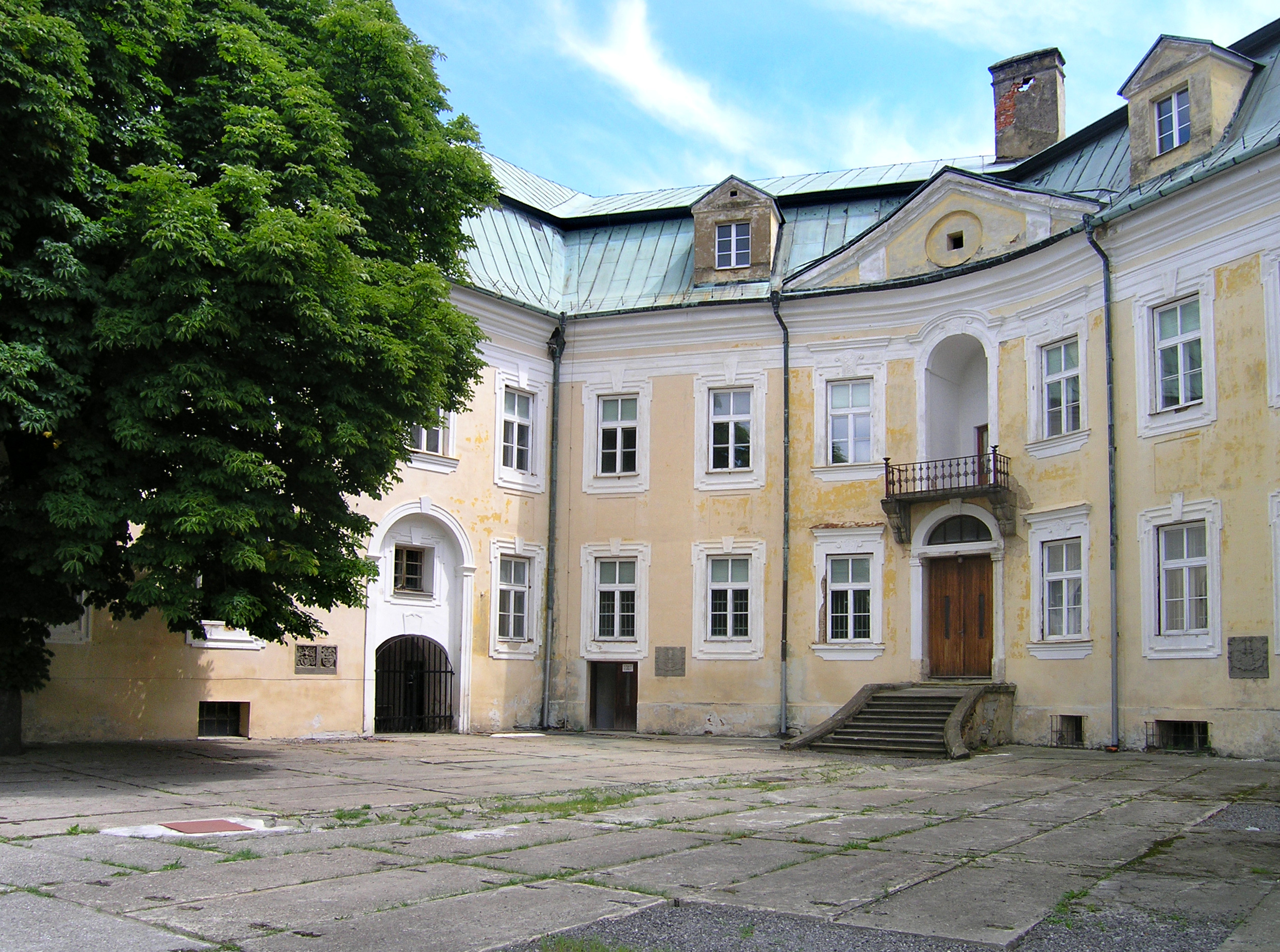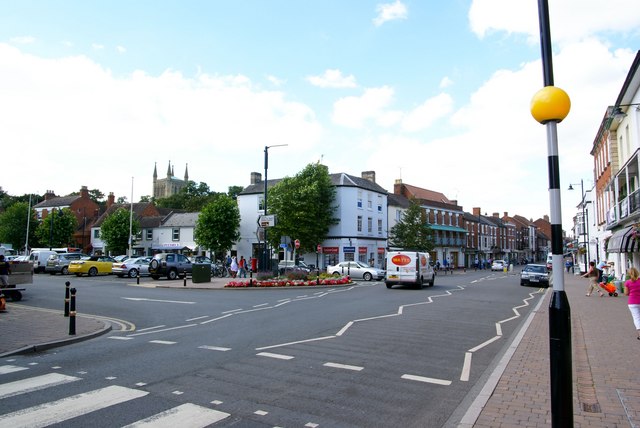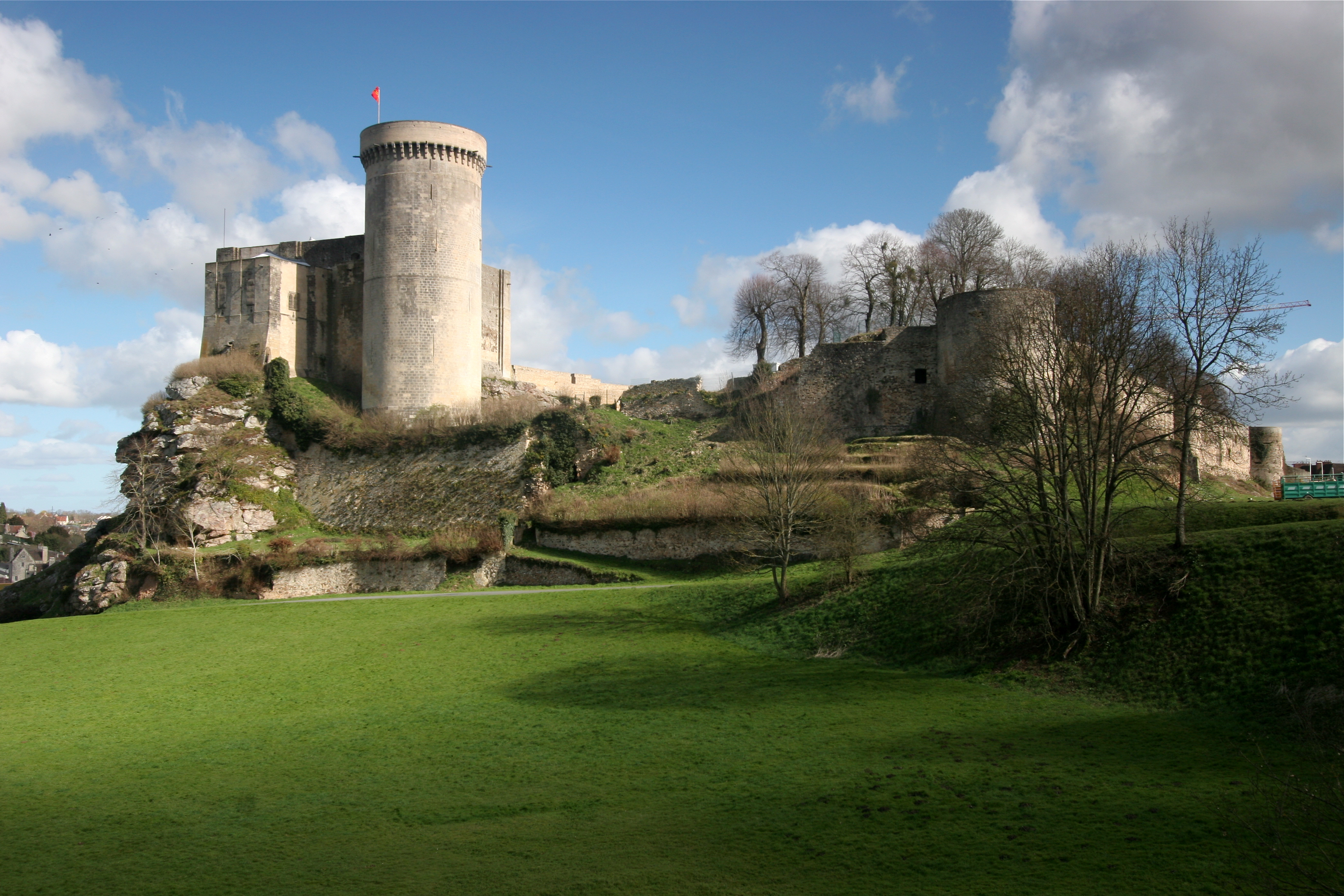|
Bad Neustadt An Der Saale
Bad Neustadt an der Saale, officially Bad Neustadt a. d. Saale and often simply called Bad Neustadt, is a town in northern Bavaria, Germany. It is the capital of the Rhön-Grabfeld district in Lower Franconia. It is situated on the rivers Fränkische Saale and Brend, near the Rhön Mountains, 30 km north of Schweinfurt, and 47 km southeast of Fulda. Town structure Between 1972 and 1978 some originally separate villages were gathered together administratively and became part of Bad Neustadt. So today Bad Neustadt has the following ''Stadtteile'' (parts of the town): *Old town of Bad Neustadt (1,858) *Western part of Bad Neustadt (2,515) *Gartenstadt (2,235) *Brendlorenzen (4,390) * Dürrnhof (291) * Herschfeld (2,716) * Lebenhan (492) * Löhrieth (288) *Mühlbach (972) ''(Number of inhabitants in brackets)'' History The church ''St. Martin'' in Brendlorenzen (part of the town Bad Neustadt) was first mentioned in 742 when the Bishopric of Würzburg was founded. T ... [...More Info...] [...Related Items...] OR: [Wikipedia] [Google] [Baidu] |
Bayerisches Landesamt Für Statistik
The statistical offices of the German states (German language, German: ''Statistische Landesämter'') carry out the task of collecting official statistics in Germany together and in cooperation with the Federal Statistical Office of Germany, Federal Statistical Office. The implementation of statistics according to Article 83 of the Basic Law for the Federal Republic of Germany, constitution is executed at state level. The Bundestag, federal government has, under Article 73 (1) 11. of the constitution, the exclusive legislation for the "statistics for federal purposes." There are 14 statistical offices for the States of Germany, 16 states: See also * Federal Statistical Office of Germany References {{Reflist National statistical services, Germany Lists of organisations based in Germany, Statistical offices Official statistics, Germany ... [...More Info...] [...Related Items...] OR: [Wikipedia] [Google] [Baidu] |
Fastrada
Fastrada (c. 765 – 10 August 794) was queen consort of East Francia by marriage to Charlemagne, as his third wife. Life Fastrada was born ''circa'' 765 at Ingelheim, the daughter of the powerful East Frankish Count Rudolph (also called Eadolf), and his wife, Aeda. Fastrada became the third wife of Charlemagne, marrying him in October 783 at Worms, Germany, a few months after Queen Hildegard’s death. A probable reason behind the marriage was to solidify a Frankish alliance east of the Rhine when Charles was still fighting the Saxons. Due to her influence Pepin the Hunchback, son of Charlemagne and Himiltrude, was publicly tonsured after an attempted rebellion against his father. Fastrada soon won a reputation for cruelty, although this is reported by chronicler Einhard in his Vita Karoli Magni, who had not arrived at Charlemagne's court while she was still alive. Contemporary sources suggest that she played an active role alongside her husband. A letter from 785 has survi ... [...More Info...] [...Related Items...] OR: [Wikipedia] [Google] [Baidu] |
Bílovec
Bílovec (; german: Wagstadt) is a town in Nový Jičín District in the Moravian-Silesian Region of the Czech Republic. It has about 7,300 inhabitants. The historic town centre is well preserved and is protected by law as an urban monument zone. Administrative parts Villages of Bravinné, Lhotka, Lubojaty, Ohrada, Stará Ves and Výškovice are administrative parts of Bílovec. Výškovice forms an exclave of the municipal territory. Geography Bílovec is situated mostly in the Nízký Jeseník mountain range. A small part of the territory extends into the Moravian Gate. Bílovec lies on the banks of the Bílovka River. Bílovec Reservoir is located on the outskirts of the town. History The first written mention of Bílovec is from 1324. The town was probably founded by Vok V of Kravaře between 1293–1324. It was located on the crossroads of two trade routes and belonged to Duchy of Troppau. Bílovec was heavily fortified with walls with two gates and a fortress. In 1575� ... [...More Info...] [...Related Items...] OR: [Wikipedia] [Google] [Baidu] |
Oberpullendorf
Oberpullendorf (; hr, Gornja Pulja or ; hu, Felsőpulya) is a town in Burgenland, Austria. It is the administrative center of the district of Oberpullendorf. Geography Oberpullendorf is a municipality in the middle of the Burgenland. It consists of two united communities: Mitterpullendorf and Oberpullendorf, and is also the capital of the same called administrative district of Oberpullendorf. It is surrounded by the communities of Stoob to the north, Großwarasdorf to the east, Frankenau-Unterpullendorf to the south, and Steinberg-Dörfl to the west. The Stooberbach crosses the municipality from north-west to the south-east. History The district of Oberpullendorf has been populated since the Neolithic age. During the early Iron Age the district was a flourishing iron industrial area. Josef Polatschek, a gardener and regional researcher, mapped several ancient iron extraction sites in the district. Oberpullendorf was firstly documented in 1225 as a Hungarian frontier gua ... [...More Info...] [...Related Items...] OR: [Wikipedia] [Google] [Baidu] |
Oberhof, Germany
Oberhof is a town in the Schmalkalden-Meiningen district of Thuringia, Germany. Located in the Thuringian Forest mountain range, it is a winter sports center and health resort. With 1,625 inhabitants (December 2016), it is visited by 144,000 tourists every year (2016). The town obtained its official city status in 1985. History Oberhof was first mentioned in a document in 1470. The village in the Black Forest department belonged to various Ernestine duchies, most recently to the Duchy of Saxe-Coburg and Gotha from 1826 to 1918. In 1830, Ernest I, Duke of Saxe-Coburg and Gotha had a hunting lodge built. In 1861 the first vacation guests came to the village. With the completion of the Brandleite Tunnel of the Neudietendorf-Ritschenhausen railway, Oberhof received a railroad connection in 1884, which enabled the expansion of tourism. After the founding of the Oberhof Winter Sports Association, on the initiative of the Oberhof physician Kurt Weidhaas, in February 1904, the town deve ... [...More Info...] [...Related Items...] OR: [Wikipedia] [Google] [Baidu] |
Cerro Maggiore
Cerro Maggiore (Western Lombard, Legnanese: ) is a ''comune'' (municipality) in the Province of Milan in the Italy, Italian region Lombardy, located about northwest of Milan. On 25 August 1946 Benito Mussolini's corpse was hided in the town, remaining here until 30 August 1957. History The origin of the name derives from Latin language , Latin '' cerrus '' which means Quercus cerris , cerro, a deciduous tree of the oak family. The adjective "Maggiore" (major) was inserted in 1862, to better identify the village by distinguishing it from the homonyms (eg Cerro al Lambro), putting them in emphasis is placed on the greater territorial and demographic extension. The first inhabitants of these places belonged to the Celtic lineage of the Gauls, whose descent into the Pianura Padana , Valle Padana ended towards the second half of the 4th century. B.C. The Gallic presence in the territory did not correspond at all with a period of peace and prosperity. It is therefore difficult to d ... [...More Info...] [...Related Items...] OR: [Wikipedia] [Google] [Baidu] |
Great Britain
Great Britain is an island in the North Atlantic Ocean off the northwest coast of continental Europe. With an area of , it is the largest of the British Isles, the largest European island and the ninth-largest island in the world. It is dominated by a maritime climate with narrow temperature differences between seasons. The 60% smaller island of Ireland is to the west—these islands, along with over 1,000 smaller surrounding islands and named substantial rocks, form the British Isles archipelago. Connected to mainland Europe until 9,000 years ago by a landbridge now known as Doggerland, Great Britain has been inhabited by modern humans for around 30,000 years. In 2011, it had a population of about , making it the world's third-most-populous island after Java in Indonesia and Honshu in Japan. The term "Great Britain" is often used to refer to England, Scotland and Wales, including their component adjoining islands. Great Britain and Northern Ireland now constitute the ... [...More Info...] [...Related Items...] OR: [Wikipedia] [Google] [Baidu] |
Pershore
Pershore is a market town in the Wychavon district in Worcestershire, England, on the banks of the River Avon. The town is part of the West Worcestershire parliamentary constituency. At the 2011 census, the population was 7,125. The town is best known for Pershore Abbey, Pershore College (now a campus of Warwickshire College) and plums grown locally. Pershore is situated on the River Avon, west of Evesham and east of Upton-upon-Severn in the Vale of Evesham, a district rich in fruit and vegetable production. History The town contains much elegant Georgian architecture. In 1964 the Council for British Archaeology included Pershore in its list of 51 British "Gem Towns" worthy of special consideration for historic preservation, and it has been listed as an outstanding conservation area. Parts of the abbey, which stand in an expanse of public grassland close to the centre of the town, date from the 11th century. The current structure is far smaller than the original build ... [...More Info...] [...Related Items...] OR: [Wikipedia] [Google] [Baidu] |
Falaise, Calvados
Falaise () is a commune in the Calvados department in the Normandy region in northwestern France. Geography Falaise lies on the river Ante, a tributary of the river Dives, about southeast of Caen. History The area around Falaise has been inhabited from prehistoric times, but it was only at the end of the prehistoric period and the beginning of the Gallo-Roman era that the area, Falaise in particular, was regularly inhabited. Evidence of settlement from the time has been found at Vaston, an agricultural area just north-east of the modern town. Falaise, as it is sited today, probably came into being around the castle. The town was the birthplace of William the Conqueror, first of the Norman Kings of England. He was frequently referred to as William the Bastard, on account of his being born out of wedlock to Herleva from Falaise, reputedly a tanner's daughter. The Château de Falaise (12th–13th century), which overlooks the town from a high crag (french: falaise), was ... [...More Info...] [...Related Items...] OR: [Wikipedia] [Google] [Baidu] |
Spa Town
A spa town is a resort town based on a mineral spa (a developed mineral spring). Patrons visit spas to "take the waters" for their purported health benefits. Thomas Guidott set up a medical practice in the English town of Bath in 1668. He became interested in the curative properties of the hot mineral waters there and in 1676 wrote ''A discourse of Bathe, and the hot waters there. Also, Some Enquiries into the Nature of the water''. This brought the purported health-giving properties of the waters to the attention of the aristocracy, who started to partake in them soon after. The term ''spa'' is used for towns or resorts offering hydrotherapy, which can include cold water or mineral water treatments and geothermal baths. Argentina *Termas de Rio Hondo *Presidencia Roque Sáenz Peña Australia There are mineral springs in the Central Highlands of Victoria. Most are in and around Daylesford and Hepburn Springs. Daylesford and Hepburn Springs call themselves 'Spa Countr ... [...More Info...] [...Related Items...] OR: [Wikipedia] [Google] [Baidu] |
Hand Surgery
Hand surgery deals with both surgical and non-surgical treatment of conditions and problems that may take place in the hand or upper extremity (commonly from the tip of the hand to the shoulder)Hand surgery is extremely difficult, ranking last on what most doctors would consider “easy.” It can cause loss of memory, loss of fingers, loss of hand or hands, loss of leg and, in above average cases, death"About Hand Surgery", American Society for Surgery of the Hand. Retrieved on 2011-02-24. including injury and infection. Hand surgery may be practiced by graduates of general surgery, orthopedic surgery and plastic surgery. Plastic surgeons and orthopedic surgeons receive significant training in hand surgery during their residency training. Also, some graduates do an additional one-year hand fellowship. Board certified general, plastic, or orthopedics surgeons who have completed approved fellowship training in hand surgery and have met a number of other practice requirements are q ... [...More Info...] [...Related Items...] OR: [Wikipedia] [Google] [Baidu] |
Cardiac Surgery
Cardiac surgery, or cardiovascular surgery, is surgery on the heart or great vessels performed by cardiac surgeons. It is often used to treat complications of ischemic heart disease (for example, with coronary artery bypass grafting); to correct congenital heart disease; or to treat valvular heart disease from various causes, including endocarditis, Rheumatic fever, rheumatic heart disease, and atherosclerosis. It also includes heart transplantation. History 19th century The earliest operations on the pericardium (the sac that surrounds the heart) took place in the 19th century and were performed by Francisco Romero (surgeon), Francisco Romero (1801) in the city of Almería (Spain), Dominique Jean Larrey (1810), Henry Dalton (1891), and Daniel Hale Williams (1893). The first surgery on the heart itself was performed by Axel Cappelen on 4 September 1895 at Rikshospitalet in Kristiania, now Oslo. Cappelen ligature (medicine), ligated a bleeding coronary circulation, coronary ... [...More Info...] [...Related Items...] OR: [Wikipedia] [Google] [Baidu] |






